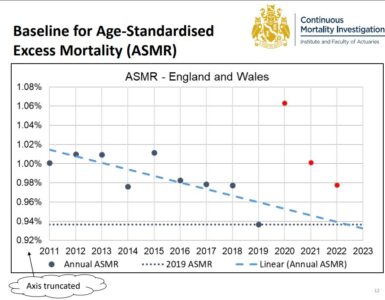Today’s update to the National Life Tables shows a fall in life expectancy of 17 weeks for males and 10 weeks for females. However, this is a simple mechanical calculation based on comparing mortality rates in 2017-19 with those in 2018-20, which of course includes nine months of the COVID-19 pandemic. Today’s update does not help us assess the pandemic’s impact on how long those of us alive today can expect to live. For this we need to understand how mortality and health outcomes will change in the future.
While we now know much more about COVID-19 than we did 18 months ago, many important considerations for understanding future mortality and health outcomes remain either unknown or unclear. Despite these uncertainties, we can (indeed for many actuaries we must) attempt to model the future. Sensitivity and scenario testing can bring us closer to understanding where the pandemic may be leading us.
In this paper, John Ng outlines a general framework for evaluating 17 factors related to COVID-19’s short, medium and long-term impacts on health, mortality and life expectancy trends. While these are obviously very useful for developing actuarial assumptions and projections, they are of broader interest to those who with to understand the impact of the pandemic on our future health.
Most experts predict that COVID-19 is here to stay, like other endemic diseases such as flu. While knowledge of the impact of the factors discussed here will continue to evolve, and COVID-19 models will continue to be imperfect and in need of monitoring and adjustments, understanding the factors involved provides a foundation from which to build.















